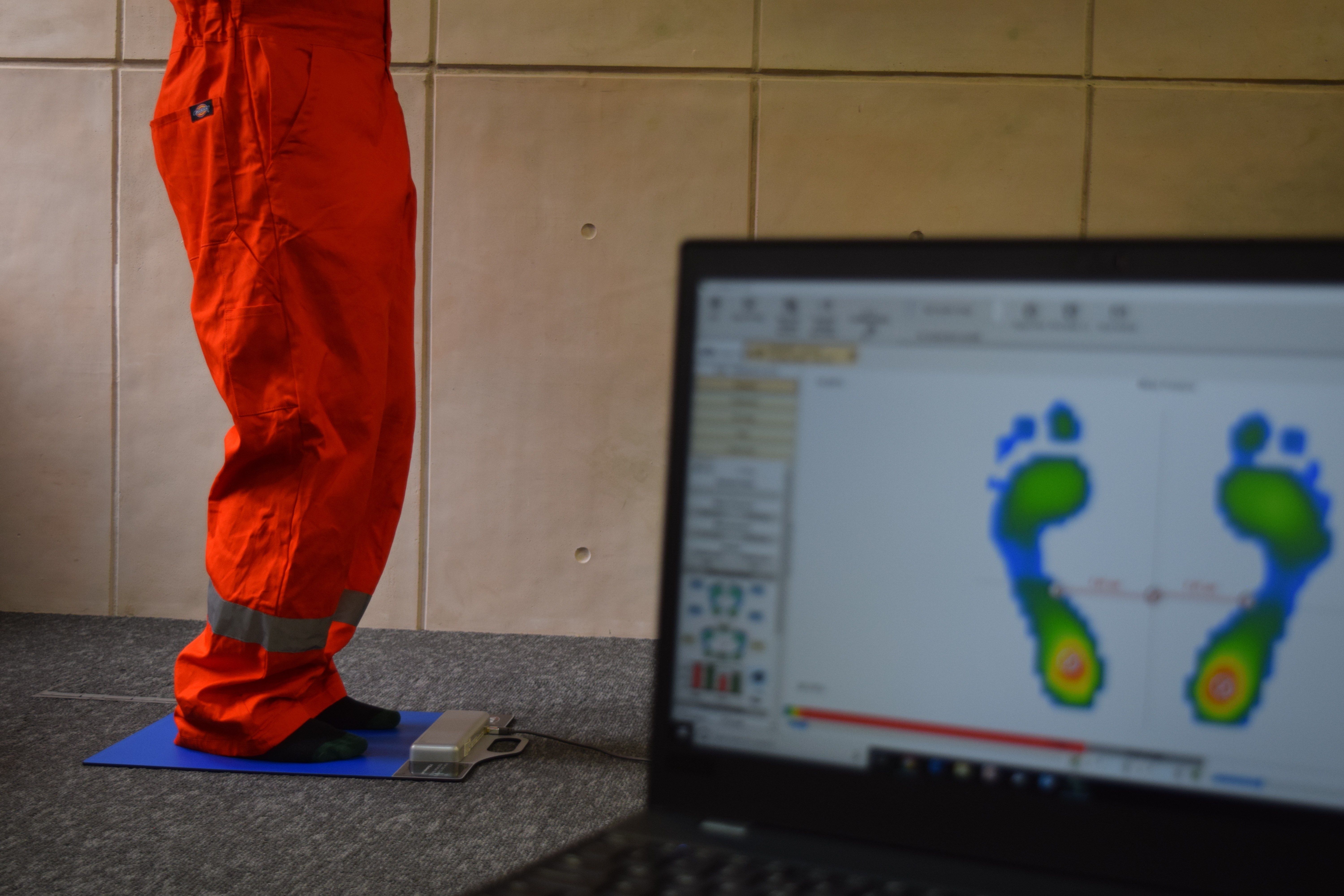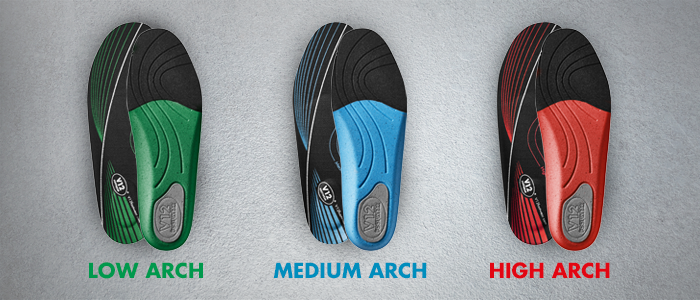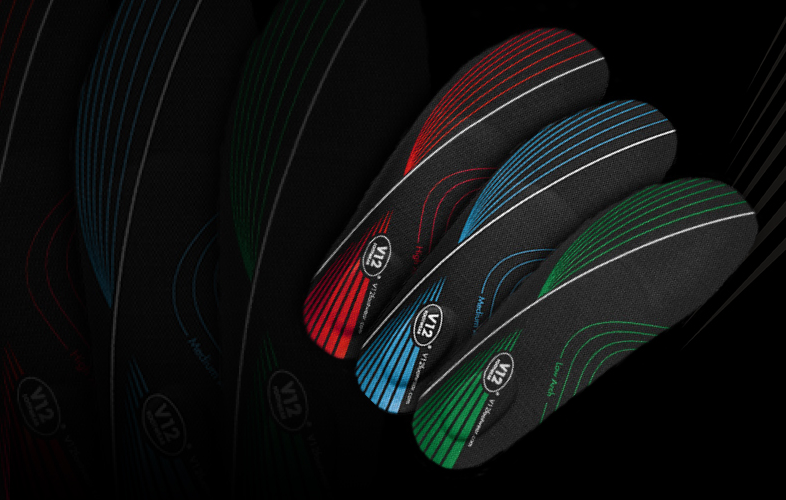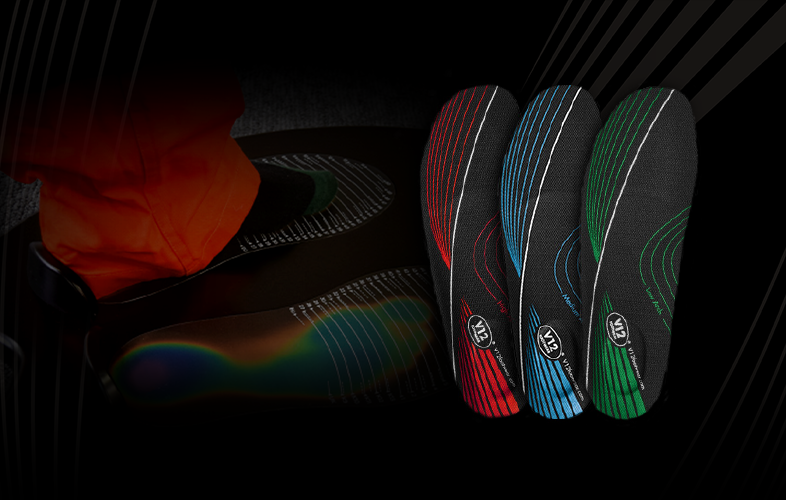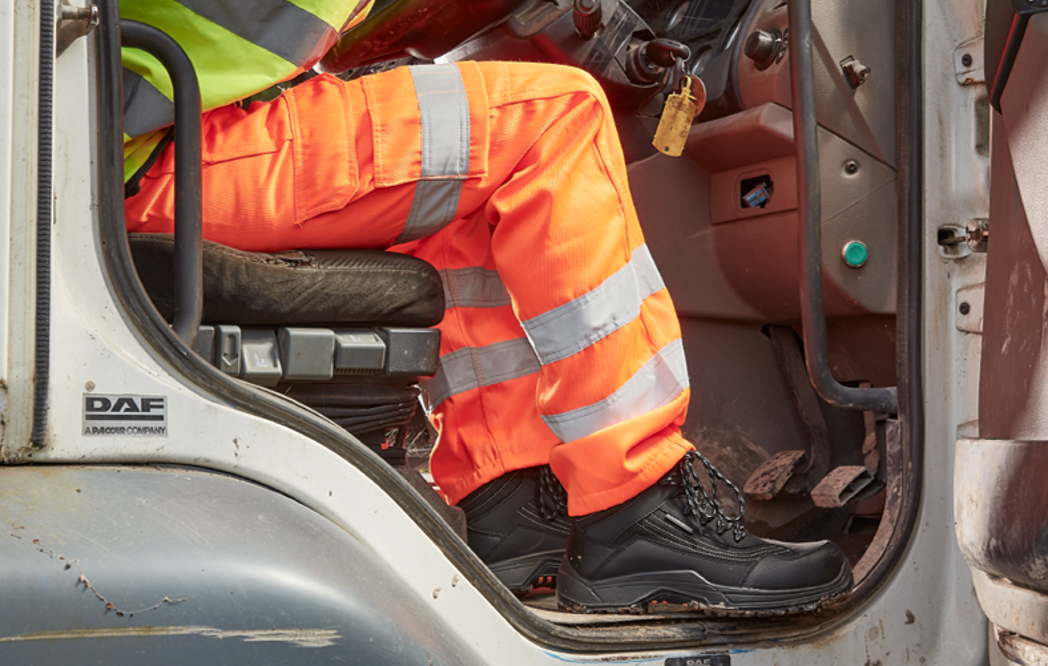Sometimes it seems as if everyone is promoting insoles that offer various and all-healing benefits. But what makes some better than others? In this piece, we’ll help you dispel some myths so that you can understand what to look for when selecting insoles for your work footwear.
Do insoles really matter?
Yes. And it’s worth getting it right - insoles and orthotics can:
- improve shoe comfort and balance
- protect joints
- support arches
- reduce fatigue in the legs and lower back
- reduce foot pain
- prevent corns and calluses
- distribute pressure more evenly to prevent pressure “hot spots”
In this article we’ll focus specifically on over the counter insoles rather than custom made orthotics which may be required for more advanced or serious foot disorders.
Can I use any type of insole in my safety shoes?
Firstly, your safety shoes are manufactured to protect your feet in the event of an accident, and have been tested and certificated to EN ISO 20345:2012 with an insole already in place. If you do not replace this with an insole that has been approved and certified for use by a manufacturer, you may negate the safety standard. Secondly, your work shoes are likely to be anti-static or even ESD (Electro-Statically dissipative), so it is important that your insoles also meet this standard.
Is a cushioned design good or bad?
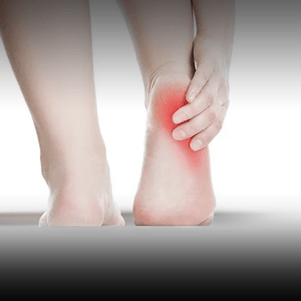 One of the most common myths is that cushioning is the answer to foot pain, but in fact, cushioning alone is seldom the answer. Firm but gentle support is needed to maintain the proper alignment of the foot and joints, and it also helps the body to absorb step impact. Too much cushioning actually increases strain on muscles and tendons by causing joints to fall out of line as the cushioning compresses.
One of the most common myths is that cushioning is the answer to foot pain, but in fact, cushioning alone is seldom the answer. Firm but gentle support is needed to maintain the proper alignment of the foot and joints, and it also helps the body to absorb step impact. Too much cushioning actually increases strain on muscles and tendons by causing joints to fall out of line as the cushioning compresses.
It also uses more energy, rather like walking on sand or across a soft mattress. So, in the same way that a very soft mattress may do more harm than good to your back, a soft footbed may also do more harm than good to your feet.
Most people benefit from a firm insole with moderate cushioning particularly under the heel impact area.
A good test of an insole is the “pinch test”. Take the insole between fore-finger and thumb. If it can be pinched flat then the insole is neither thick nor dense enough to provide therapeutic cushioning.
Do I need different insoles for workWEAR and sportswear?
Another consideration is that any insole is only as supportive as the shoe in which it is placed. Choose good quality footwear with a removable insole that can be replaced with one of similar forepart thickness. If at all possible, avoid insoles with stitching next to the foot that may rub as well as those with particularly rigid plastic or fibreglass arch supports, as these may feel unnatural in the shoe. It’s worth bearing in mind that an insole that is correct for your running shoes may not be right for your work shoes.
If you’re unsure about which insoles to choose, it’s worth seeking advice on the correct insole type for your feet. This will depend on your arch height and particular foot type. Wherever possible, buy an insole in your specific size as it will save time trimming to fit.
How much will good quality insoles cost?
Generally speaking, the best insoles will cost between £20 and £40. Insoles costing less are not generally designed to provide the level of durability or support needed to help prevent or ease early stage foot disorders. Soft foams are often low priced and appeal to consumers but do little to provide the correct support needed to help with foot problems such as plantar fasciitis or falling arches.
Like most things in life, you tend to get what you pay for.
INSOLES FOR SPECIFIC ARCH HEIGHTS
People have feet of all different shapes, sizes and structures. This is why V12 have developed Dynamic ArchTM insoles in three different arch sizes - low, medium and high. As a result, the wearer gets next-level comfort because they get individualised arch support - reducing foot pain, lessening lower limb and back problems and improving joint alignment. All three sizes come in a specific male and female fit, so there's bespoke comfort for each and every wearer.
Want to find out about V12's Dynamic Arch insoles? Click below.

